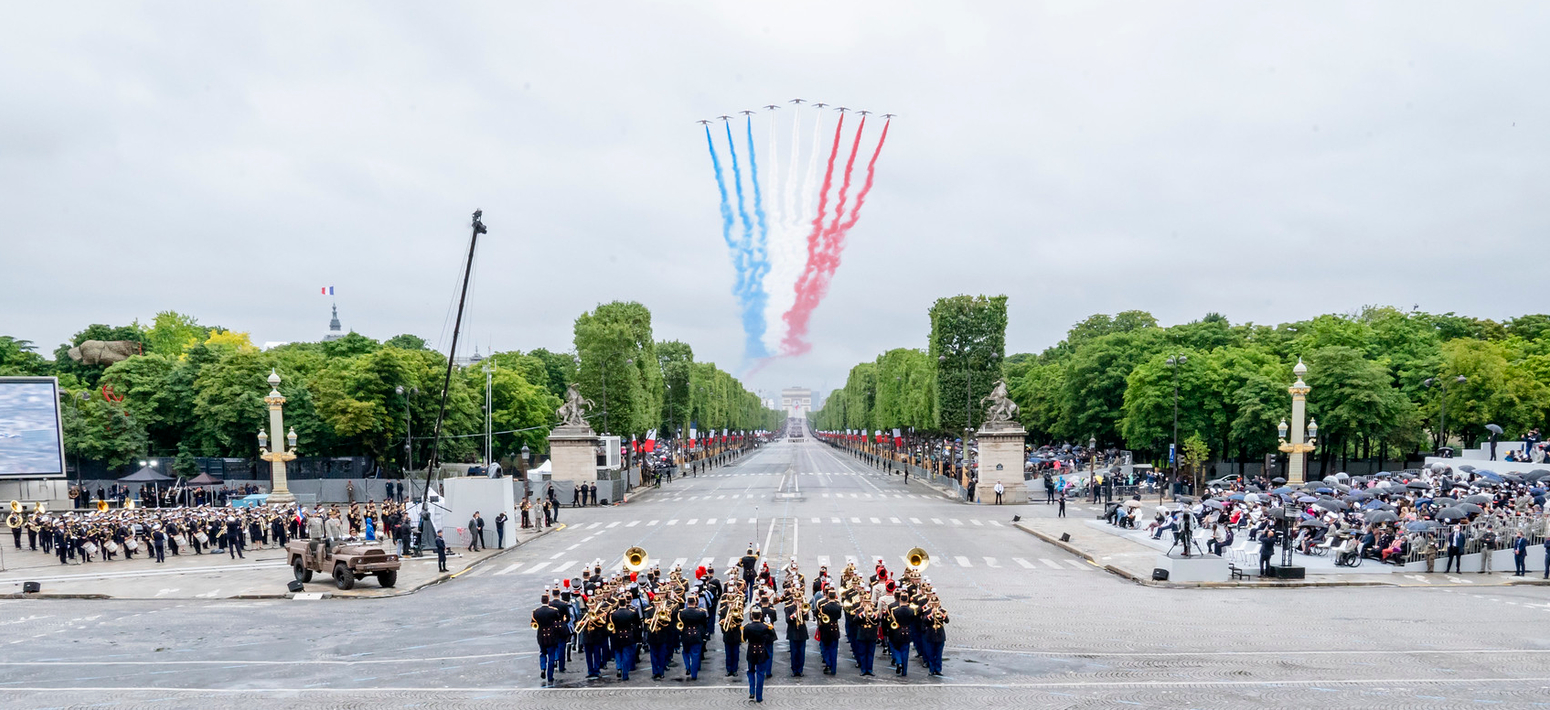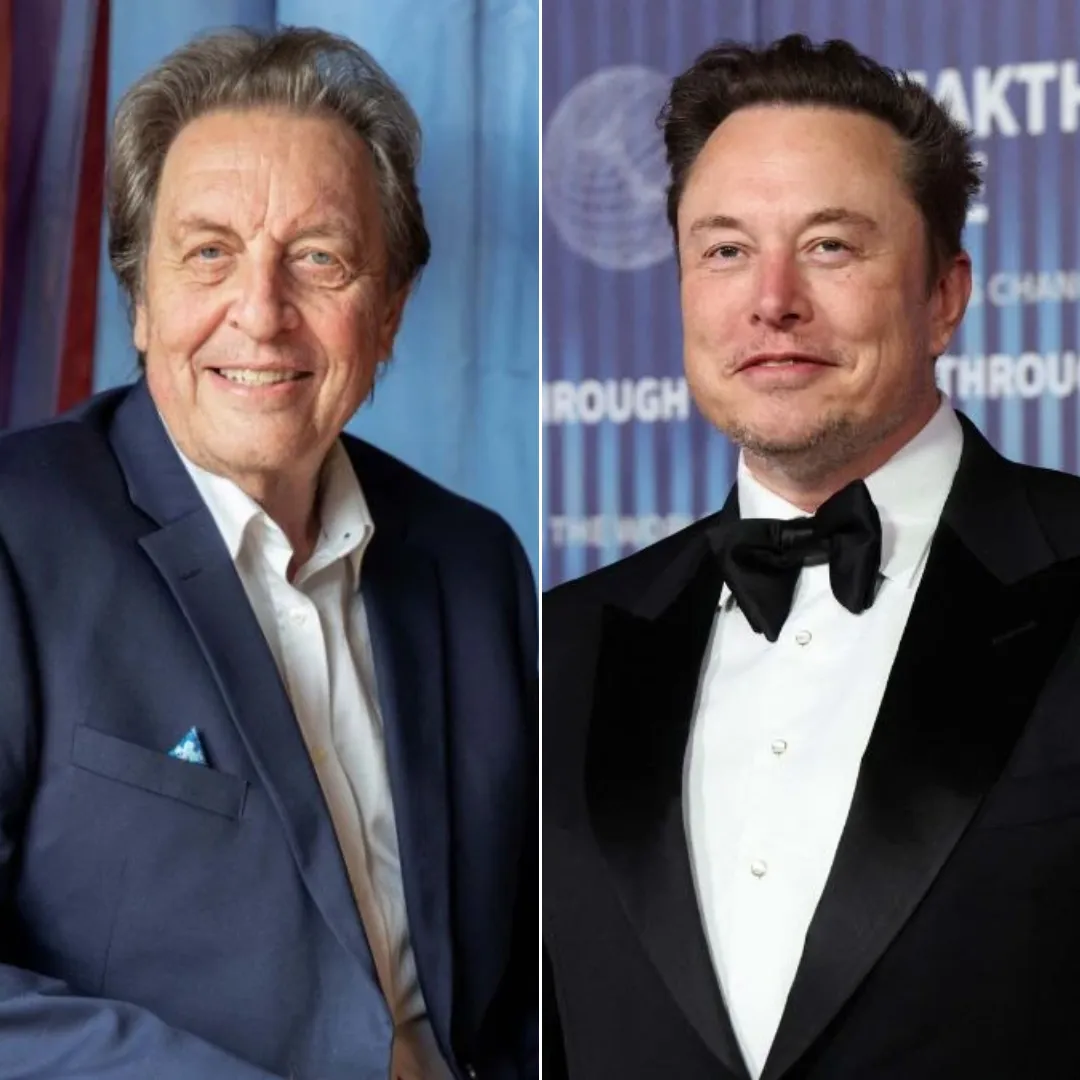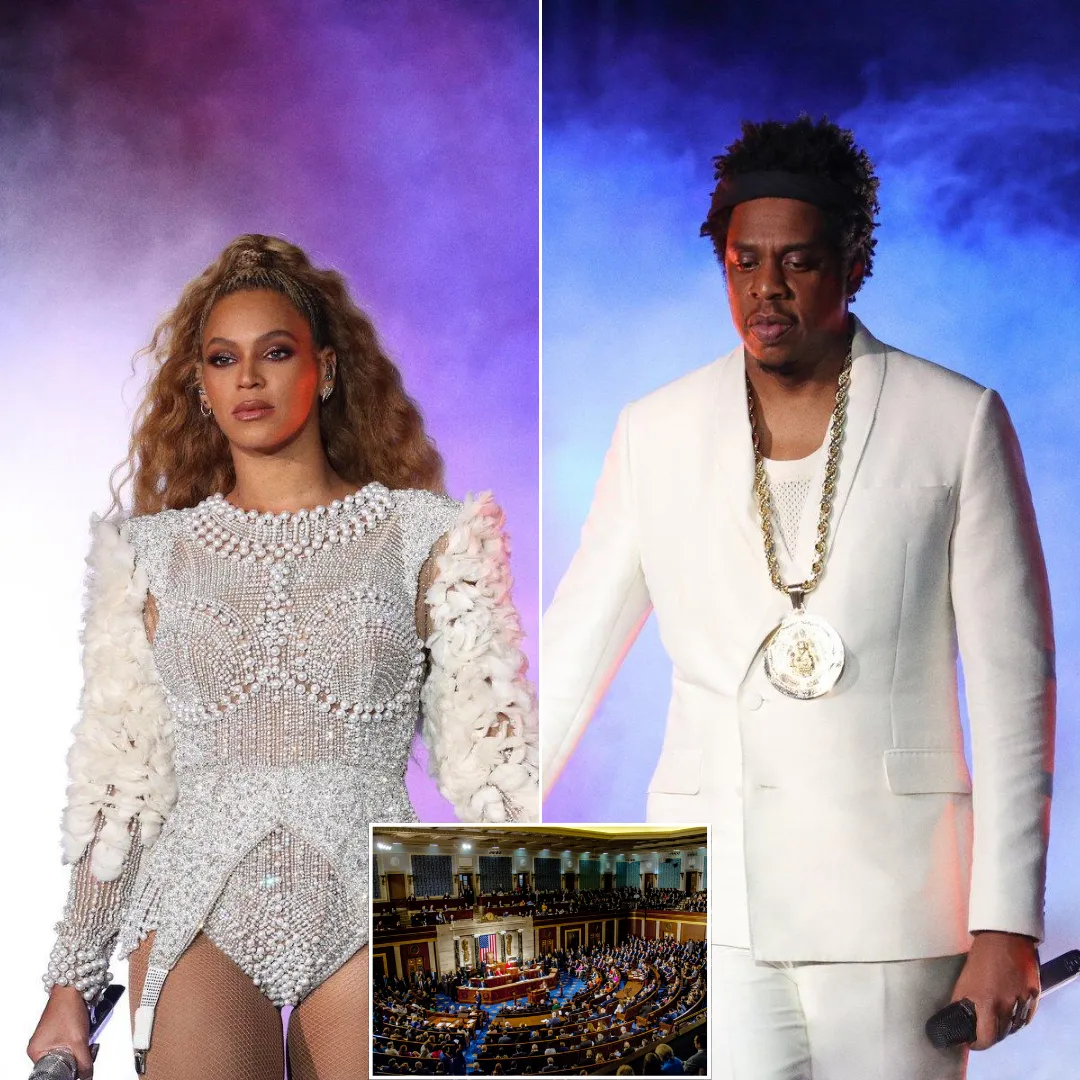
President Donald Trump’s much-anticipated military parade, scheduled for Saturday, June 14, 2025, is set to mark his 79th birthday with a spectacle that embodies both the celebration of America’s military might and a highly visible assertion of national pride. This will be a defining moment for the United States, as Trump finally brings to fruition one of his long-standing desires to hold a grand military procession in Washington, D.C.
The parade will coincide with the 250th anniversary of the U.S. Army, making it even more symbolic for the nation.
For many Americans, military parades are an unusual spectacle. The United States has not traditionally celebrated its military power in the same way as authoritarian regimes or other powerful nations. However, the idea of such a parade was sparked when Trump attended France’s Bastille Day celebrations in 2017. He described the event as "one of the greatest parades I’ve ever seen" and promised to hold a similar event in the U.S.
Since then, Trump has often cited France’s tradition as a model, intending to make his own military parade just as spectacular, or even more so.
While military parades are a common feature in many countries across the globe, they carry different meanings depending on the political context. These events often serve as expressions of national pride, strength, and, at times, as displays of political power.
Here’s a closer look at some of the most significant military parades globally, including those of Russia, North Korea, and China, and how Trump’s military parade stacks up against them.
France: A Tradition of Grandeur
France’s Bastille Day military parade is the oldest and largest military parade in Europe, with origins dating back to 1880. The annual event commemorates the storming of the Bastille, a pivotal moment in the French Revolution that symbolizes the overthrow of monarchical tyranny.
The parade, which takes place on the iconic Champs-Élysées in Paris, features approximately 6,500 participants, 200 horses, 219 vehicles, and close to 100 aircraft. It is a cornerstone of French national identity and an essential part of the country’s historical narrative.
The Bastille Day celebrations also serve diplomatic purposes. In 2023, for example, an Indian army contingent marched alongside French troops to honor the shared history and growing relationship between the two nations. Similarly, in 2022, the parade was dedicated to Ukraine as a gesture of solidarity amidst the ongoing Russian invasion.
Trump’s interest in the French parade stems from his admiration for the way France showcases its military strength. "It was a tremendous thing for France and for the spirit of France," he remarked back in 2017. By organizing a similar parade, Trump sought to bolster America’s sense of military pride while also solidifying his legacy as a commander-in-chief who values the power of national strength.
Russia: A Showcase of Military Power and Nationalism
Russia’s Victory Day parade, held annually on May 9, commemorates the Soviet Union’s victory over Nazi Germany in 1945. This event is perhaps the most powerful and militaristic display of strength in the world.
President Vladimir Putin uses the occasion to project Russian power and political confidence, showcasing advanced military hardware, including Iskander ballistic missiles, rocket launchers, and nuclear-capable intercontinental ballistic missiles (ICBMs).
Victory Day has evolved from a commemoration of wartime sacrifice into a highly charged display of Russia’s military might. The event serves as both a national remembrance and a tool for asserting Russian dominance on the global stage. Last year’s parade saw the display of heavy weaponry used in the ongoing war in Ukraine, reinforcing Russia’s narrative of military superiority and its intention to challenge Western influence.
In many ways, Russia’s military parades have become a symbol of Putin’s leadership and the reassertion of Russian power following the collapse of the Soviet Union. The spectacle is not just a celebration but a statement to both domestic and international audiences of Russia's strength, resilience, and preparedness to defend its interests.
North Korea: A Glimpse into the Hermit Kingdom's Might

North Korea’s military parades are unique in their frequency and content, with the country holding public displays of power on various national holidays and anniversaries. Perhaps the most eye-catching element of these parades is the showcasing of intercontinental ballistic missiles (ICBMs), highlighting North Korea’s burgeoning nuclear capabilities.
Leader Kim Jong Un has used these parades to send messages of defiance, especially against the United States and South Korea, with massive displays of missile technology and military vehicles.
In 2020, Kim Jong Un stood before a newly constructed marble podium during one of the largest military parades, where he declared North Korea’s military capabilities to be unparalleled. The parade served as a demonstration of the country’s military evolution, with the regime showcasing newly developed ICBMs that could reach the U.S. mainland.
North Korea’s military parades are seen as a way to consolidate domestic power while reinforcing the regime’s narrative of strength and self-reliance. They are also a strategic tool used by Kim Jong Un to send a message to the international community, particularly the United States, regarding the country’s military advancements.
China: A Decade-Long Display of Communist Power
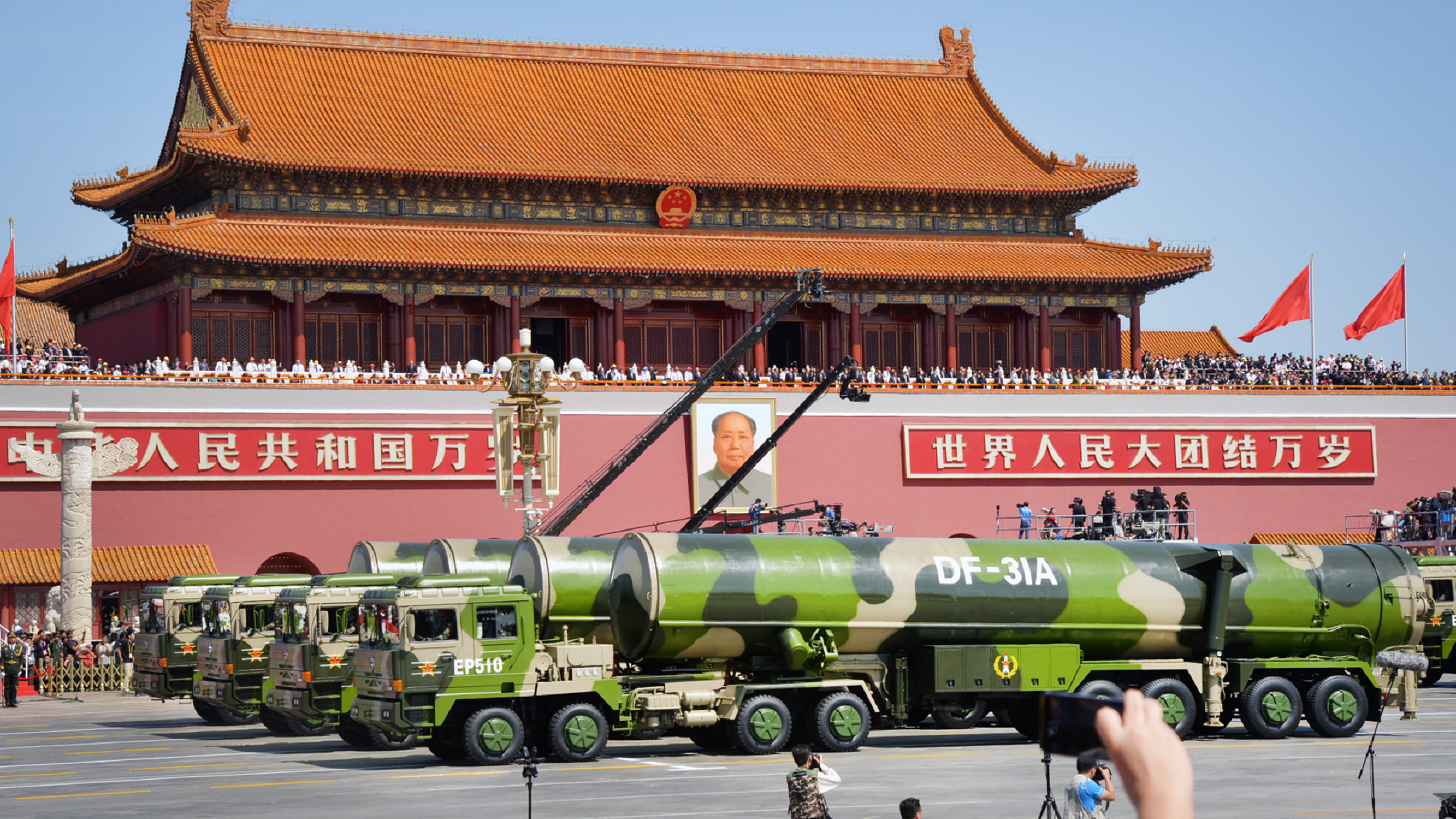
China’s military parades are held every decade to mark significant anniversaries of the founding of the People’s Republic of China. These parades are monumental in scale, involving over 100,000 performers and thousands of soldiers. The 2009 parade, celebrating the 60th anniversary of the country’s founding, included a pageant of grand floats and more than 2,000 marchers.
China’s parades are a spectacle not only of military hardware but also of ideological pageantry, with themes of national development, scientific progress, and communist unity. The event serves to bolster the legitimacy of the Chinese Communist Party (CCP) and underscore its role in leading the country toward global dominance.
By showcasing the People’s Liberation Army (PLA) and its state-of-the-art equipment, China positions itself as a rising global power, particularly in the context of its ambitions to challenge U.S. hegemony.
China's parades are also heavily choreographed to serve as propaganda, displaying the country’s technological advancements and commitment to military excellence. The CCP uses these events as a way to rally national pride and remind the population of the party’s central role in securing China’s future as a global superpower.
Trump's Parade: A Historic First in Modern America
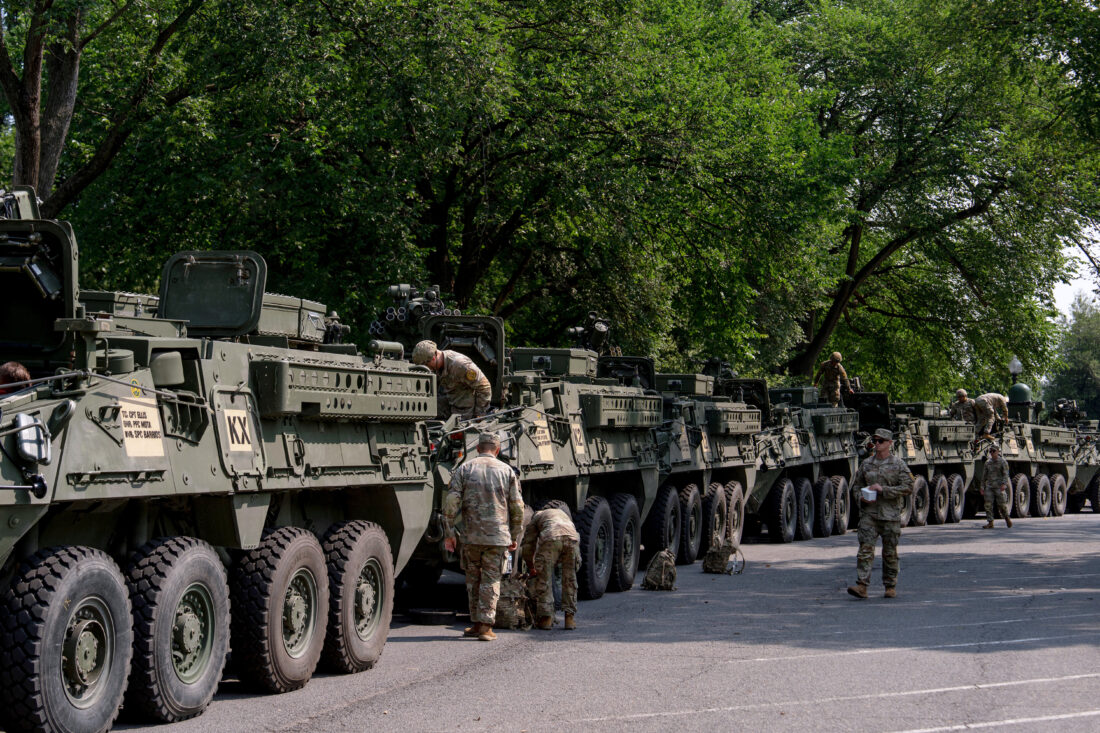
While military parades are a long-standing tradition in other parts of the world, the United States has only recently embraced the idea, particularly with the planned parade for June 14, 2025. Following a brief military procession in 1991 to celebrate the Gulf War victory, America has not seen such an event on the scale that Trump is envisioning.
This parade will feature 7,500 troops, 120 vehicles, and 50 aircraft, making it a major national spectacle, especially when compared to similar events in Russia, North Korea, and China.
For many, Trump’s parade is a reflection of his broader vision for America — one that highlights strength, patriotism, and national pride. It is an attempt to honor the U.S. Army and its long history while also reasserting America’s military dominance on the world stage.
Trump’s decision to hold the parade on his 79th birthday adds another layer of personal significance, turning the event into both a celebration of American power and a demonstration of his leadership.
Critics of the parade, however, argue that such events are a display of authoritarianism that has no place in a democracy like the U.S. They point to the militaristic parades held by countries like Russia and North Korea as examples of leaders using military might to solidify their grip on power.
For these critics, Trump’s parade is seen as an attempt to shift the political culture of the U.S. towards more autocratic displays of strength.
Trump’s military parade promises to be one of the most significant public events in recent American history, drawing both praise and criticism. As the U.S. joins the ranks of countries like Russia, North Korea, and China in staging such displays of military might, the question remains: Is it a rightful celebration of American strength, or a troubling slide toward authoritarianism? Whatever the answer, one thing is certain — the 250th anniversary parade will be a defining moment in the history of the American military and the Trump presidency.
